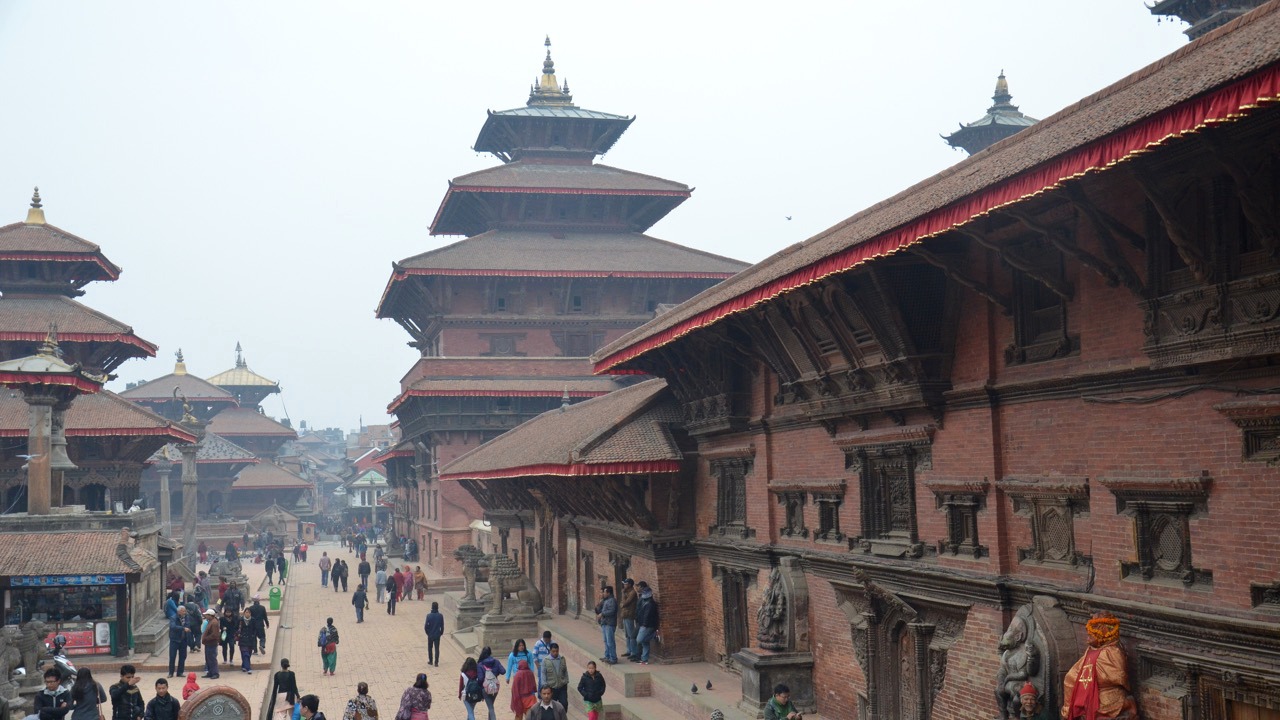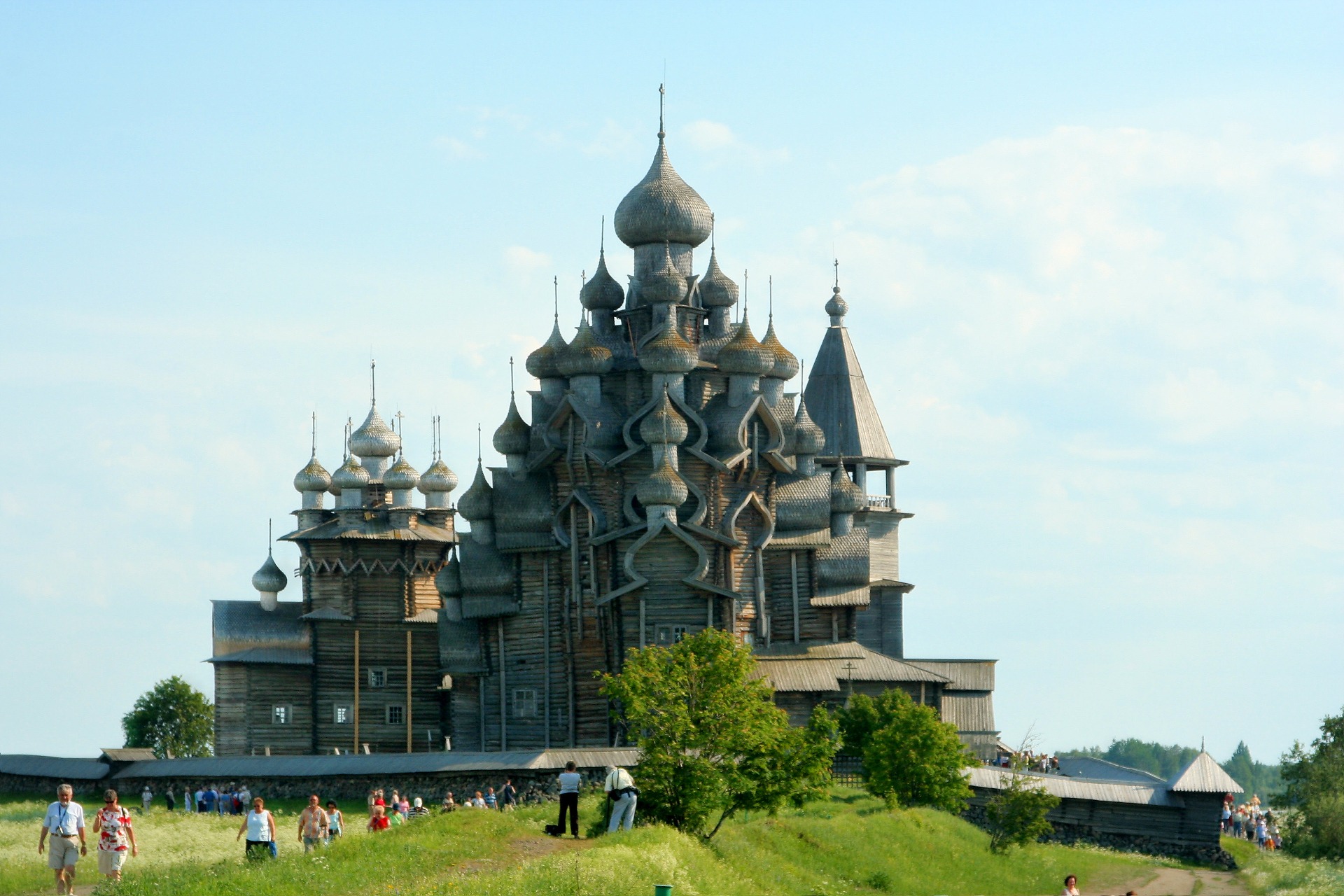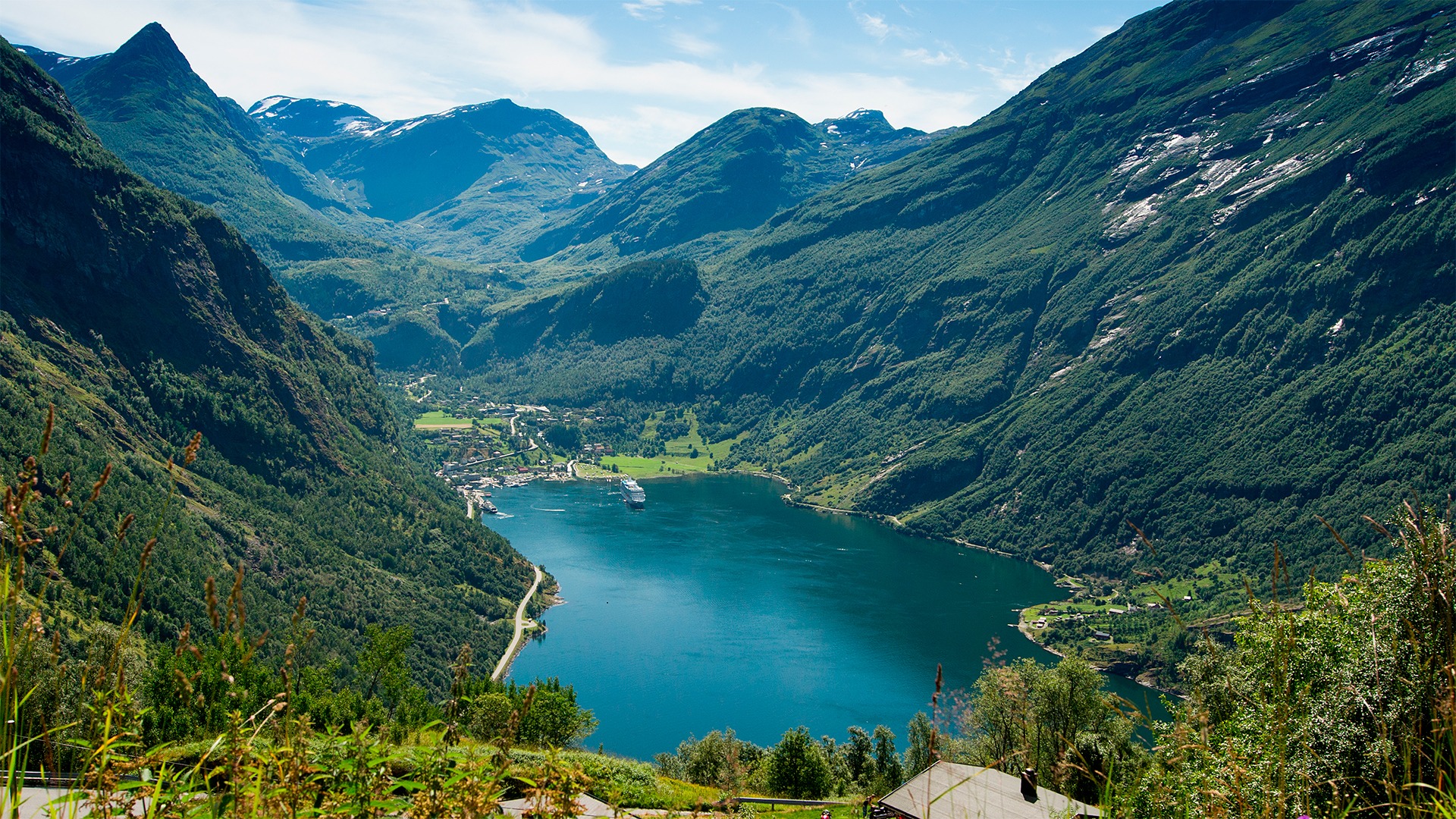The World Heritage
The World Heritage Convention and the World Heritage List
The UNESCO World Heritage Convention was created in 1972 in response to increasing pressure on cultural and natural heritage sites as a result of tourism, wars, natural disasters, decay and pollution. By signing the convention, each individual country undertakes to protect both its own World Heritage sites and the entirety of its national cultural and natural heritage.
The World Heritage Convention
The World Heritage Convention stipulates what is to be considered part of the World Heritage. Of all the international environmental conventions, the World Heritage Convention is the most widely ratified.
The obligations of States Parties
Individual states parties are obligated to care for their part of the World Heritage. The acquisition of World Heritage status does not equate to a new form of protection. Protection and management are to be ensured through national legislation and using the resources of the country in question. The international community as a whole has a duty to collaborate to ensure the preservation of the heritage which we all share.
Reporting to UNESCO
Every six years, the states parties report to UNESCO on the status of their World Heritage sites. UNESCO will then assess whether or not the values based on which the inscription was made have changed and whether or not changes to site management are required. Negative developments may result in the site being added to the List of World Heritage in Danger. If the values are no longer present, the site will be removed from the World Heritage List.

The World Heritage List
The World Heritage List offers an overview of World Heritage objects (cultural and natural sites) in the member countries.
What does inscription on the World Heritage List mean?
World Heritage status is the highest mark of quality that an area can attain. It involves a responsibility for safeguarding the site for posterity. World Heritage is also a brand with significant tourism appeal.
World Heritage status does not automatically give a site a new type of protection, but an additional mark of quality and exclusive international status. A place on the list means that decisions on value must be made locally in terms of land and resource use, including in the future. It is important to safeguard the cultural values and a management plan outlining how the heritage is to be protected must be put in place.
Applications are assessed in detail before a recommendation is made to the World Heritage Committee. It is a long process. Local involvement, support and dedication is a prerequisite for success. Requirements relating to demarcation, context, completeness and authenticity must be met in addition to the main selection criteria.
Examples of sites inscribed on the World Heritage List
The Acropolis in Athens
The Pyramids of Egypt
The Great Wall of China
The Statue of Liberty in New York
The Galapagos Islands
Machu Picchu in Peru
Tentative list
According to the World Heritage Convention, each state party should prepare a list of proposed sites for nomination. This is known as the Tentative List.
Not all sites on the Tentative List will be nominated, but inclusion does represent the first step towards nomination. A site cannot be nominated unless it has been included in the Tentative List first.
Norway’s tentative list includes the following sites:
- The Lofoten Islands (included 7 October 2002)
- The Sámi area covering Tysfjord, Hellemobotn and Rago (included 7 October 2002)
- Jan Mayen and Bouvet Island. The nomination is a part of a joint nomination of the Atlantic Ridge (included 21 June 2007)
- Svalbard (included 21 June 2007)
- Viking Age monuments and sites (included 10 January 2011). The nomination is a collaboration between Iceland, Germany, Denmark, Latvia and Norway on World Heritage relating to the Viking Age. The Norwegian sites included in the “Viking nomination” were Borrehaugene in Horten, Oseberghaugen in Tønsberg, Gokstadhaugen in Sandefjord and Kvernsteinsbruddet in Hyllestad in Sogn og Fjordane. In 2015, the committee ruled to return the nomination to the states parties for potential reworking before re-submission.
Brochures and information about the Viking heritage nomination can be found here
You can read more about the Norwegian sites included on the Tentative List on the UNESCO websites

What is required in order to be accorded World Heritage status?
Outstanding universal value
An area or an object is deemed to have outstanding universal value if it represents the best example of a given cultural or natural theme of a certain format in a global context.
Integrity
All World Heritage objects or areas must contain all the elements necessary to express their outstanding universal value. The area’s integrity is also dependent on the associated demarcation capturing all necessary elements.
Authenticity
The originality or truthfulness of the object or environment’s attributes is an expression of its authenticity.
Protection and management
World Heritage areas must be subject to long-term, formal or contractual protection against attacks or threats that could have an adverse effect on the universal values.
The areas must be clearly delineated and, if necessary, surrounded by a buffer zone subject to special rules to ensure that the attributes inside the World Heritage area are not adversely affected.
The management of the area shall follow a reconciled plan that ensures coordinated follow-up of measures that are in the best interest of the area.
Human activity within World Heritage areas must be ecologically and culturally sustainable.
Local support
A World Heritage nomination cannot be approved without locally rooted support.

